What the Warring Parties Say
Türkiye has recently offered to host a Russia-Ukraine summit, which will be the first time the two parties meet since negotiations were broken down in late March, 2022. Since that time, a number of peace proposals have been drawn up, with many countries offering their views on how the conflict should be settled. In this context, let us analyze what initiatives are on the table and can be used as drafts for a future settlement. In this article we will analyze Russia and Ukraine’s stances.
Russia’s security guarantees: the wake of the Special Military Operation
A good place to start would be to see what Russia wanted to achieve before it started its special military operation in Ukraine. In December 2021, the Russian Foreign Ministry passed over the document concerning security guarantees to assistant Secretary of State for European and Eurasian affairs Karen Donfried.
The principle of indivisible and equal security was the main point of it. Russia invited the United States not to carry out activities that affect the security of each other, including using the territory of other states for the purpose of preparing or carrying out an armed attack against either party. The document also read that the United States should not create any military bases on the territory of former members of the USSR, i.e. Ukraine, the Baltic states, and Georgia, as well as to abandon the idea of expanding NATO eastward, which would mean reversing the decisions of the 2008 NATO Bucharest summit, where Ukraine and Georgia were invited to join the Alliance.
Among other things, Russia proposed to mutually renounce the deployment of armed forces and weapons in areas where such deployment would be perceived by the other side as a threat to its national security. Moreover, it invited the United States to reject the deployment of medium- and short-range ground-based missiles as well as nuclear weapons outside national territory. Russia also said that the Russia-NATO Council should resume its active functioning in order to enhance cooperation between the two sides.
The United States rejected the document in its entirety and notified Russia that they did not intend to engage in the negotiation process on security guarantees. This, along with the United States’ determination to enhance military cooperation with Ukraine and Ukraine’s unwillingness to implement the Minsk Accords, is what led to the beginning of Russia’s special military operation in Ukraine.
Ukraine’s 10-point peace plan: Ukrainian ultimatum to Russia
After a few rounds of talks in Türkiye, which have been described in detail in our previous articles, Ukraine outright banned any negotiations with Russia and President Zelensky presented his own 10-point “peace formula”. This can hardly be described as a peace plan, as it resembles more an ultimatum to Russia.
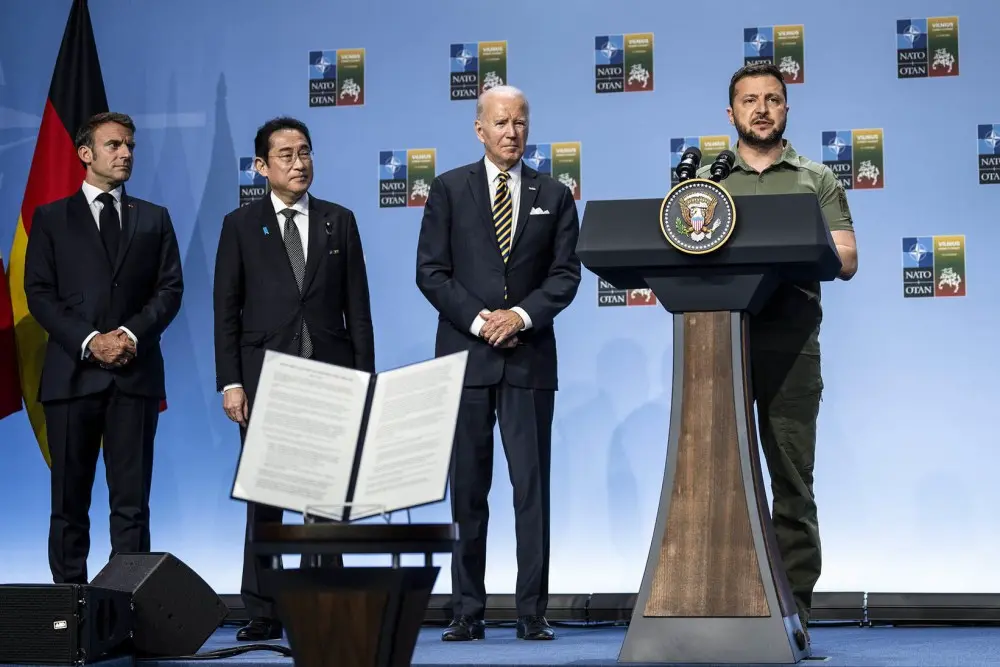
According to this plan, Russia should cease all hostilities and withdraw all of its troops immediately. This would mean that Russia would have to give up all of the territories of the Donbas, which it captured in 2022, and Crimea, which has been practically part of Russia ever since 2014. The “formula” reads that restoration of Ukraine’s territorial integrity should also be followed by the establishment of a special tribunal to prosecute “Russian war crimes”. Ultimately, Ukraine insisted on building a new security infrastructure in the Euro-Atlantic space, which would include security guarantees for Ukraine. This would practically mean Ukraine’s accession to NATO.
It is no wonder that Russia has firmly rejected any kind of negotiations based on this “peace formula”. Russian Foreign Minister called it “an ultimatum”, “a product of Zelensky’s sick imagination”, and “a road to nowhere”. Despite Zelensky’s formula having some provisions aimed at solving the current food and energy crises, the main idea is ultimately to make Russia go back to its 1991 borders and allow Ukraine to become an anti-Russian NATO stronghold along its borders. Russia will not give up any of the territories that it has already gained and will continue pressuring Ukraine into accepting the status of a neutral state.
The West and Ukraine have used a range of instruments trying to rally support for the peace plan. Four rounds of talks were held in Denmark, Saudi Arabia, Malta, and Switzerland in order to make countries of the Global South more familiar with and more supportive of Ukraine’s “formula”. A number of key actors from the Global South took part in some of these talks, including members of the BRICS, such as China, Brazil, India, South Africa, and Saudi Arabia. However, the results of these talks seem to be rather limited, as Zelensky’s peace plan managed to garner support exclusively from countries of the Western world.
to be continued
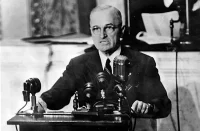
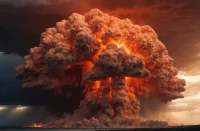





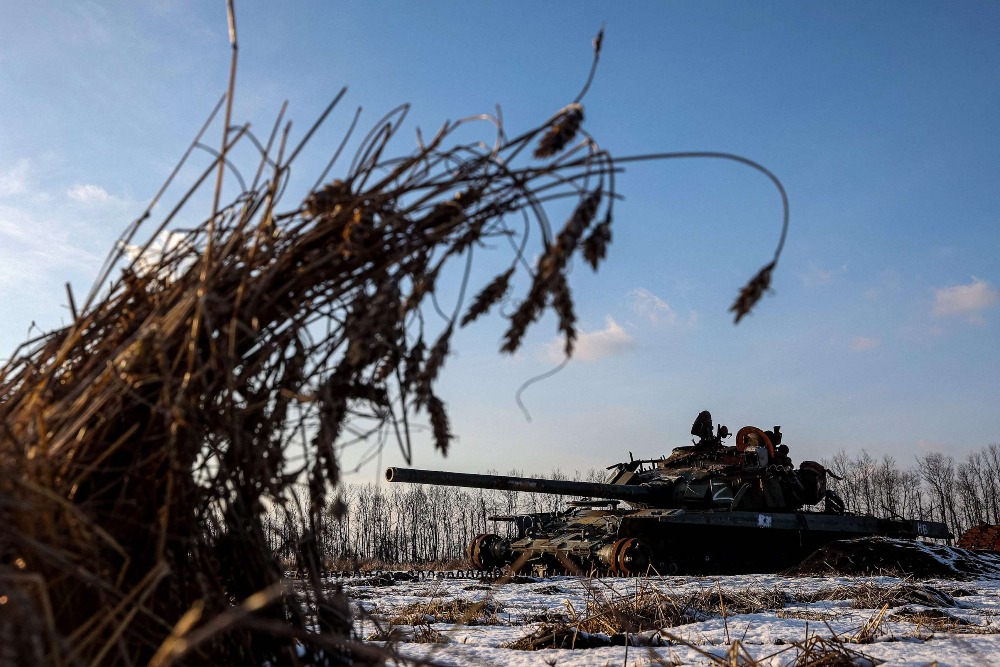
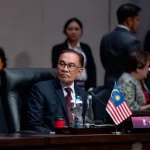





Comments